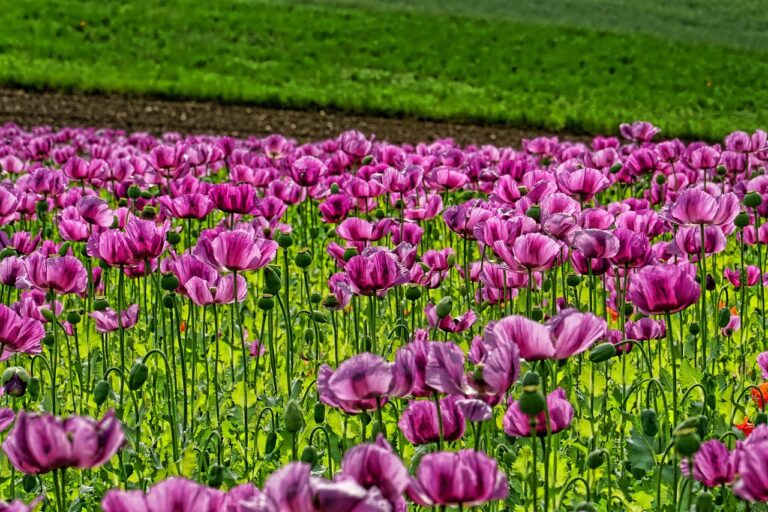Key Takeaways
- Discover how topsoil can transform your garden into a lush, thriving landscape.
- Learn practical tips to use topsoil for different types of plants and climates effectively.
- Explore how using topsoil can benefit soil health and improve plant growth.
- Gain insights from experts in soil science to make informed decisions for your garden.
Topsoil is crucial for a healthy garden, enhancing plant growth, moisture retention, and root development. It prevents erosion, boosts soil fertility, and creates an ideal environment for flowers, vegetables, and lawns to thrive. Correctly applying and selecting the right topsoil can lead to a lush, sustainable outdoor space.
Topsoil is often termed the “skin of the Earth” because it supports plant life. This rich layer, typically the uppermost 5 to 10 inches of soil, teems with organic material, microorganisms, and essential nutrients crucial for growing healthy plants. Despite its significance, its presence is often taken for granted. In recognizing its importance, gardeners and landscapers can revolutionize their outdoor spaces. For those eager to buy topsoil tailored to their gardening needs, understanding the type and quality of topsoil is crucial.
The Importance of Topsoil in Gardening
Topsoil is a gardener’s ally. It provides a fertile medium that holds water and nutrients essential for plant growth. It acts as a supportive matrix, allowing roots to grow freely and supporting healthier and more robust plants. Gardeners can enhance their planting strategies and outcomes by understanding topsoil’s role. According to leading horticulture experts, maintaining healthy topsoil is fundamental to sustainable gardening practices and contributes significantly to biodiversity.
Types of Topsoil: Choosing the Right One
Choosing the right topsoil can be challenging due to the variety of options available. Soils are categorized into sandy, loamy, and clay soils. Sandy soils drain well but require frequent watering and organic matter for fertility. Loamy soils are ideal for gardening due to their balanced texture and fertility. Clay soils require careful management to avoid waterlogging. Assessing your garden’s conditions, including soil quality and climate, will help you make the best selection.
How to Apply Topsoil for Maximum Benefits
Applying topsoil effectively can significantly influence the success of your gardening efforts. Start by clearing the designated area of debris, such as rocks and old plant material, to prepare a clean base. Spread the topsoil evenly across the site, typically aiming for a depth of 4 to 6 inches, providing a robust nourishment layer. Blend the topsoil into the soil using a rototiller or garden fork. This integration encourages root penetration and helps maintain essential air pockets. Avoid compacting the soil surface too tightly, which could impede root growth by restricting air and water flow.
Topsoil and Soil Health
Enhancing soil health is vital for a thriving garden, and topsoil plays a direct role in this process. A healthy layer of topsoil fosters a diverse microbial ecosystem, essential for soil vitality and plant health. These microorganisms decompose organic matter, converting it into nutrients readily absorbed by plants. Moreover, topsoil’s intricate structure aids in preventing soil erosion, maintaining landscape stability, and ensuring consistent nutrient distribution. Gardeners lay the groundwork for vigorous plant growth by investing in quality topsoil, forming a productive garden’s backbone.
Common Topsoil Myths Debunked
Several myths surrounding topsoil often mislead gardeners. One common misconception is that “all topsoil is the same.” The reality is that topsoil quality can vary dramatically, impacting its effectiveness. Another prevalent myth is that more topsoil is always better. While proper application can enhance plant growth, excessive amounts can lead to poor drainage, waterlogging, and compaction. Understanding these nuances empowers gardeners to make informed choices and reap the full benefits of their topsoil investments.
Expert Tips for Using Topsoil in Different Climates
Topsoil usage varies depending on the climate. In arid climates, organic matter helps retain moisture and improve fertility. In temperate regions, a balanced approach accommodates seasonal variability. With heavy rainfall, tropical climates benefit from high organic content to reduce nutrient leaching. Customizing the strategy based on specific environmental conditions ensures a resilient and productive year-round garden.
Sustainable Practices in Topsoil Usage
Embracing sustainable practices in the use of topsoil is essential for long-term garden health and environmental protection. Incorporate organic matter such as compost regularly, which enriches the soil, reduces waste, and lessens the need for chemical fertilizers. Rotating crops can prevent soil exhaustion, while minimal tillage helps preserve soil structure and biodiversity. Harnessing these sustainable practices ensures your garden remains vibrant, healthy, and aligned with ecological well-being.


